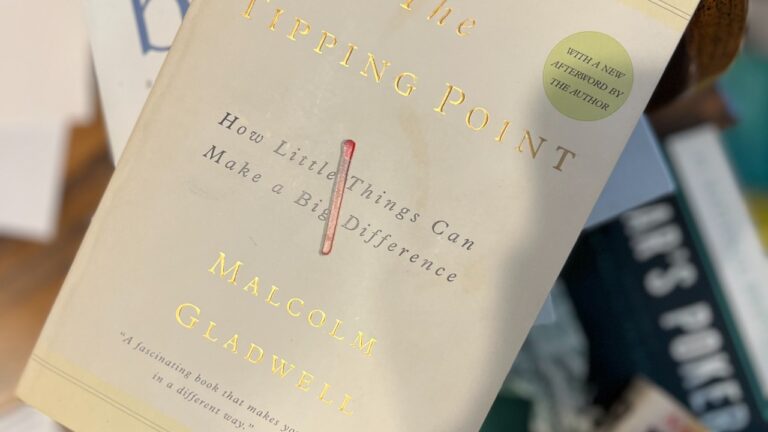A Bible Synopsis with Commentary: Original Sin
After describing the creation of the cosmos, the Bible focuses on Adam and Eve, the first humans. They lived in the Garden of Eden, where the LORD God made all kinds of trees to grow out of the ground–trees that were pleasing to the eye and good for food. In the middle of the garden was the Tree of Life and the Tree of Knowledge of Good and Evil. Genesis 3:8-9.
A serpent convinces Eve to eat fruit from the Tree of Good and Evil: He says to the woman, “Did God really say you must not eat from any tree in the garden?”
The woman said to the serpent, “ We may eat fruit from the trees in the garden, but God did say, ‘You must not eat fruit from the tree that is in the middle of the garden, and you must not touch it, or you will die.’”
“You will not surely die,” the serpent said to the woman. “For God knows that when you eat of it your eyes will be opened, and you will be like God, knowing good and evil.”
When the woman saw that the fruit of the tree was good for food and pleasing to the eye, and also desirable for gaining wisdom, she took some and ate it. She also gave some to her husband, who was with her, and he ate it. Then the eyes of both of them were opened, and they realized they were naked; so they sewed fig leaves together and made coverings for themselves. Genesis 3:1-7
Theologians say that Adam’s eating the forbidden fruit was the foundation of evil, and we are evil because of Adam, the source of original sin.
I don’t think so. The story of Adam and Eve is a metaphor, a symbol of a universal truth: Self-will is the source of sin and suffering. Evil came into the world because God gave humankind free will, and man turned that freedom into self-will. Free will became self-will..
Genesis 1:27 gives a more appropriate explanation of God’s creation process: God created man in His own image, in the image of God he created him; male and female, he created them. God granted humanity free will when he created individuals in his own image. He desired for people to have the ability to either love him or reject him. God did not want automatons or puppets that would love him without thought; instead, he wanted beings who would choose to love him freely. By giving humanity free will, he allowed us the freedom to rebel against him.
Sin did not begin with Adam. Instead, evil arises from a rebellion against God, stemming from the desire to possess his power. Tradition holds that Lucifer, the angel of light, rebelled against God. Lucifer and his minions—the Devil, Abaddon (a Hebrew term meaning destruction), Beelzebub (“ruler of demons”), Belial, Mephistopheles, and Satan satisfy their possessive passion by recruiting humankind to join the rebellion.
Why did Moses, traditionally believed to be the author of the first five books of the Bible, choose the serpent to represent Satan in the Garden of Eden? There may be several explanations. In mythology, the serpent is often depicted as the being that deceives minds. Additionally, the serpent symbolizes anything that might lead to destruction. Genesis 3:1 states that the serpent was more crafty than any of the wild animals the Lord God had made. In Matthew 10:16, Jesus advises us to be as shrewd as snakes and as innocent as doves.
The snake is also cold-blooded. In Dante’s Divine Comedy, Satan is depicted at the bottom of Hell, a place where humanity has lost all the qualities that distinguish it as human. Every aspect of man’s inner essence has been frozen out of him. Satan, at the very bottom of Hell, is nothing but a giant mass of matter, utterly freezing and devoid of life.
Robert Frost’s poem Fire and Ice was inspired by a passage from Canto 32 of Dante’s Inferno, where the most notorious offenders are trapped in the ninth and lowest circle of Hell. In this circle, there is “a lake so frozen that it does not appear to be water but rather resembles glass, so clear that one can see the sinners preserved within the ice.”
Fire and Ice
Some say the world will end in fire,
Some say in ice.
From what I’ve tasted of desire
I hold with those who favor fire.
But if I had to perish twice,
I think I know enough of hate
To say that for destruction ice
Is also great
And would suffice
But I digress. I noticed that Mark Twain faced the same issue. Twain wrote brilliant travel books, but in the middle of a story, he would often shift to another topic followed by an apology along these lines— “But I digress; I need to get back to my main point.” Of course, I’m no Mark Twain, but I find myself with the same problem.
In the past, I would be focused on one subject but then think of another topic. I would edit out these tangents, counting them as distractions. I was a concise and disciplined writer. However, as time has passed, I’ve realized that some of the ideas I deleted were just as interesting, if not more so, than what I was originally writing about.
So, I have decided to keep my digressions. To do otherwise would cheat myself and potentially cheat the reader, as some of these digressions may prove to be more intriguing than the main subject.
To return to my main point, perhaps the cold-blooded serpent symbolizes a detached, stony-hearted, insensitive, repugnant, nasty, venal, grasping, covetous, ruthless, amoral mercenary who murders, tortures, torments, persecutes, and plagues without remorse. In short, don’t eat his apples, don’t join his rebellion.
The Bible tells the story of that rebellion tamed by God’s rigorous response and unfailing compassion culminating in the absolute love and utter unselfishness of Jesus Christ.

